This September, the United Nations will commit to the new Sustainable Development Goals, which will succeed the Millennium Development Goals. The SDGs outline a new and ambitious worldwide effort to reduce poverty and hunger, improve health, enable equality, protect the planet and much more. Real progress will be elusive unless all children receive a quality education.
#1 No Poverty

End poverty in all its forms everywhere.
Education is the one of the most effective ways to reduce poverty.
According to UNESCO, 171 million people could be lifted out of poverty – a 12% drop in global poverty – if all students in low-income countries left school with basic reading skills.
UNESCO also found that one extra year of schooling increases an individual's earnings by up to 10%, and each additional year of schooling raises average annual gross domestic product by 0.37%.
#2 No Hunger
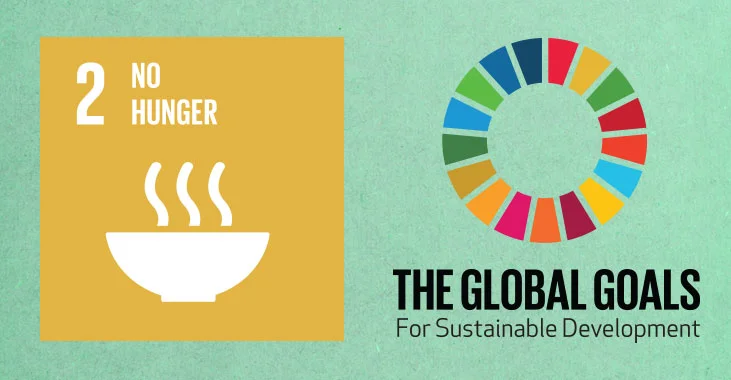
End hunger, achieve food security and improved nutrition and promote sustainable agriculture.
There’s strong evidence that a mother’s education improves her children’s nutrition, especially as she seeks higher levels of schooling.
The most recent UNESCO research in 2013 shows that there are approximately 47 million children in low-income countries who are stunted as a result of malnutrition in early childhood. If all mothers in those countries had a primary education, 1.7 million children would be saved from stunting. If those mothers had a secondary education, 12.2 million children would be saved from stunting.
#3 Good Health
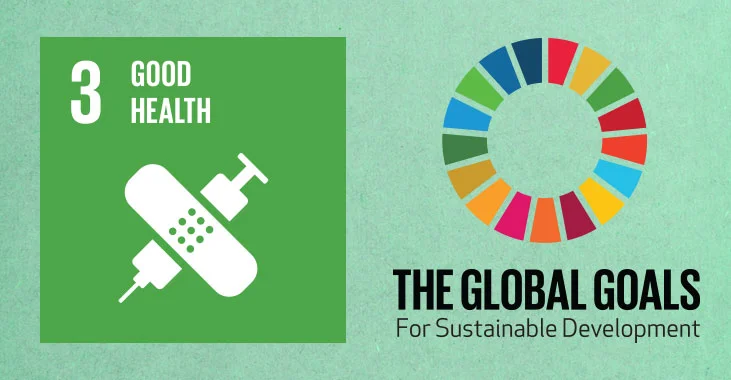
Ensure healthy lives and promote well-being for all at all ages.
Better educated people are much less vulnerable to health risks.
When mothers in particular are educated, even at the most primary level, they are more likely to be well informed about various diseases and take steps to prevent them. UNESCO reports that each extra year of a mother's schooling reduces the probability of infant mortality by as much as 10% and that a child whose mother can read is 50% more likely to live past age five. A study in the journal Lancet also showed that four million child deaths have been prevented over the past four decades thanks to the global increase in women's education.
#4. Quality Education
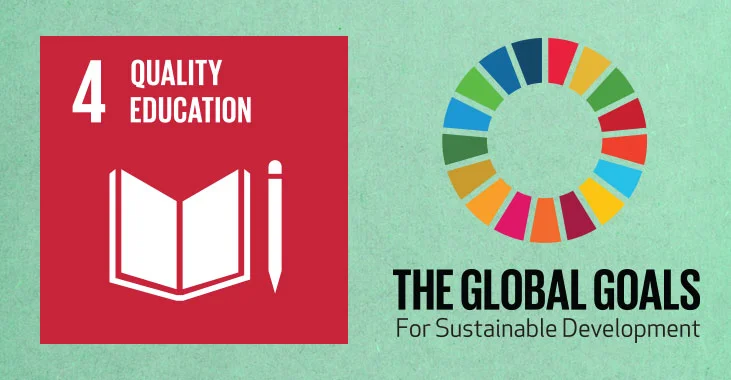
Ensure inclusive and equitable quality education and promote lifelong learning opportunities for all.
Education builds on itself, creating greater capacity to educate others and nurture a culture that values learning.
Education equips learners of all ages with the skills and values needed to be responsible global citizens, such as respect for human rights, gender equality and environmental sustainability. Investing in and strengthening a country’s education sector is key to the development of any country and its people. Without investment in quality education, progress on all other development indicators will stagnate. The Global Partnership for Education works to ensure that all children irrespective of where they live get a quality education, prioritizing the most vulnerable.
#5. Gender Equality
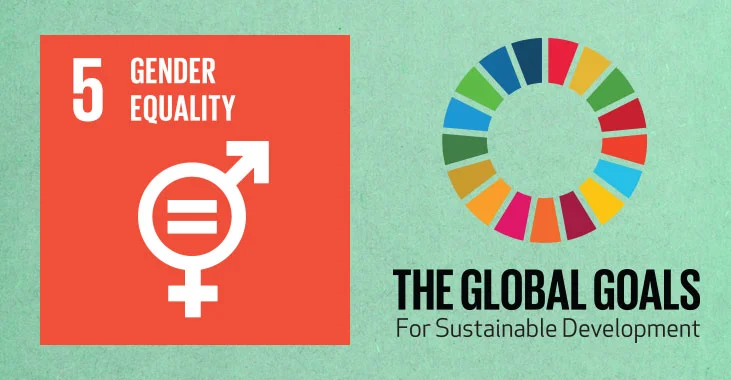
Achieve gender equality and empower all women and girls.
Education enables girls and women to reach their full potential – in parity with men and boys – in their homes, communities, workplaces and institutions of influence.
One additional school year can increase a woman's earnings by up to 20%, according to World Bank studies, and Plan International has shown that some countries lose more than $1 billion a year by failing to educate girls at the same level as boys. We also know that as the gap between the number of girls and boys narrows, so, too, do gender disparities in wages and employment.
#6 Clean Water and Sanitation
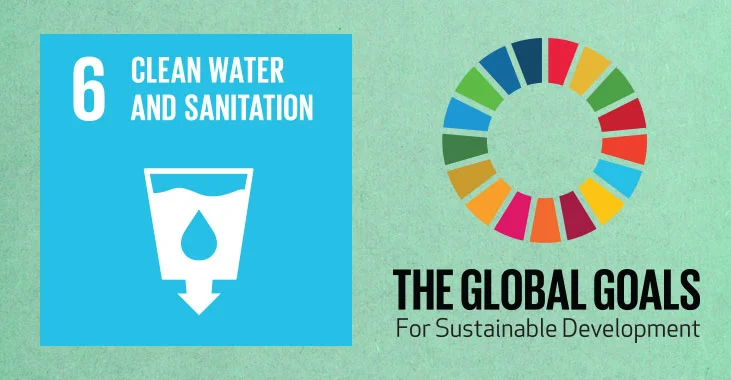
Ensure availability and sustainable management of water and sanitation for all.
As communities become better educated about the links between their sanitation and health they seesubstantial improvements in sanitation. And, as societies become more economically prosperous, it stands to reason that they will be better able to create modern water and sanitation facilities and systems.
In many societies, girls can spend as many as 15 hours per week fetching water for their families, leave no time for school, UNESCO reports. Similarly, without access to safe sanitation, there are many more sick children who will miss school. In Ethiopia, 6.8 million people gained access to improved sanitation from 1990 to 2006. This was partly the result of having educated communities about the links between sanitation and health, and of implementing new, affordable technologies.
#7 Clean Energy
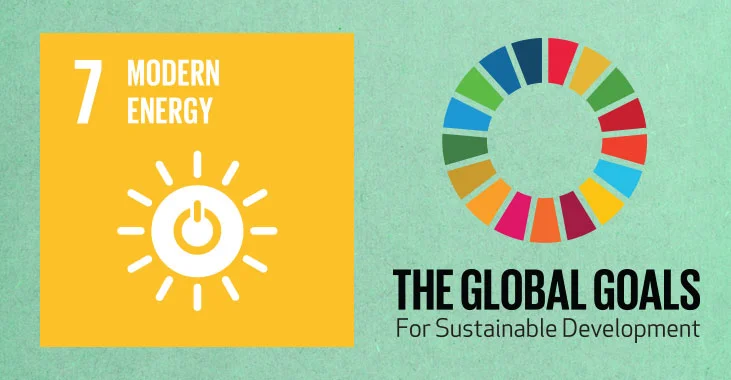
Ensure access to affordable, reliable, sustainable and modern energy for all.
Like education, clean and accessible energy is an essential building block of a country’s social, economic and environmental development.
Experience suggests that educated citizens will likely be more inclined to recognize and adopt new practices and technologies that will help them and their communities prosper. And, with education, those citizens will be positioned to build and maintain energy infrastructures that will sustain their countries for a long time to come.
#8 Good Jobs and Economic Growth
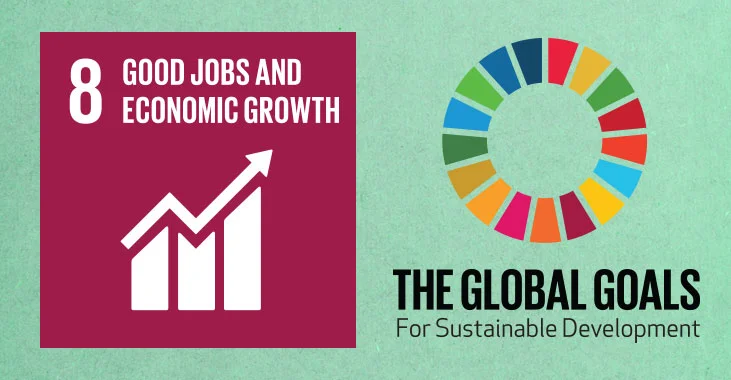
Promote sustained, inclusive and sustainable economic growth, full and productive employment and decent work for all.
Education is one of the strongest drivers of economic progress and prosperity. Studieshave shown that each additional year of schooling raises average annual gross domestic product (GDP) growth by 0.37%.
The Education for All Global Monitoring Report showed that, in 1965, adults in East Asia and the Pacific had, on average, spent 2.7 more years in school than those in sub-Saharan Africa. Over a 45-year period, average annual growth in income per capita was 3.4% in East Asia and the Pacific, but 0.8% in sub-Saharan Africa. The difference in education levels explains about half of the difference in growth.
#9 Infrastructure

Build resilient infrastructure, promote inclusive and sustainable industrialization and foster innovation.
With education, countries have greater capacity to assemble and maintain the physical building blocks of progress, health and security.
As a country’s inhabitants become better educated, they will be more likely to acquire their own critical technical skills and creative problem solving necessary to build and sustain roads and bridges, ICT systems, ports and airports, health and financial systems, governance practices and the many other structures that enable life in a country to improve and flourish. Well-planned and operating infrastructure itself enables more children to get the educational opportunities they need. Better infrastructure makes it possible for children – particularly in remote areas that have few developed roads or other reliable means of transportation – to get to school conveniently and quickly.
#10 Inequalities
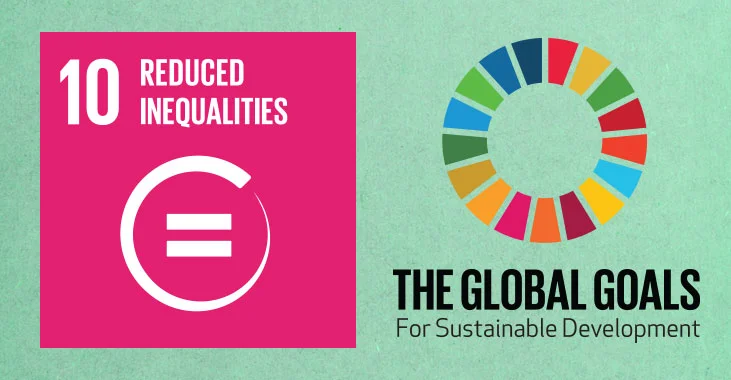
Reduce inequality within and among countries.
As more children, from across the demographic, geographic and cultural spectrum become educated, we are likely to see an improvement in a country’s income inequality.
One study showed that a 0.1% improvement in a country’s education equality can, over forty years, raise its per capita income by 23% higher.
Research demonstrates that with more education equality, Vietnam’s economic performance improved and, in 2005, its GDP surpassed Pakistan’s, where education equality levels are half those of Vietnam’s.
And, with better education, people from traditionally disadvantaged communities are better positioned to advocate for their own rights and needs, gain entry into higher echelons of economic, social and civic life and help narrow gaps of inequality across their societies.
#11 Sustainable cities and communities

Make cities and human settlements inclusive, safe, resilient and sustainable.
With education, people are more likely than not to understand, support and craft creative solutions that ensure the basic ingredients of sustainable cities and communities are in place.
Good urban planning, efficient energy use, good water and sanitation management, social inclusion and other elements of well-working communities require people with knowledge and skills that are only available through quality education. At the heart of a World Bank Sustainable Cities Initiative, for example, are awareness-building programs, development and implementation of local diagnostic tools, the creation of policy reforms and other tasks that require not just primary but advanced education.
#12 Responsible Consumption
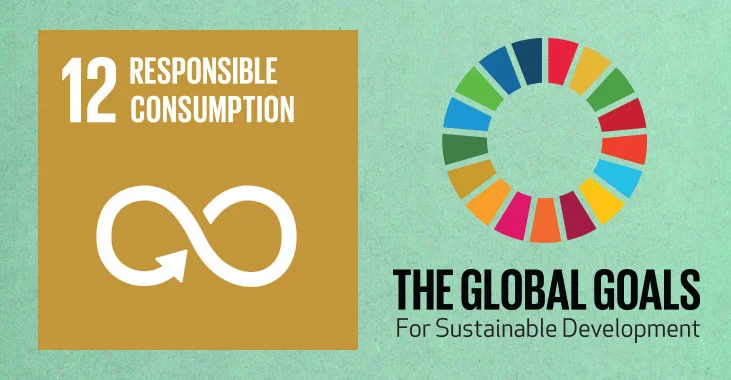
Ensure sustainable consumption and production patterns.
Education raises the odds that people will use energy and water more efficiently and recycle household waste, according to UNESCO.
A study of Ethiopia showed that, six years of education improve by 20% the chance that a farmer will address climate change by adopting techniques such as soil conservation, variation in planting dates and changes in crop varieties.
Another study showed that for each additional year of education that a head of household received, a society is between 4% and 21.5% less likely on an annual basis to cut old-growth forest per household. Also, in developing countries, research points out that there is an improvement in awareness of energy-efficient technologies with increasing education.
#13, 14 and 15 Protect the Planet, Life below water, Life on Land
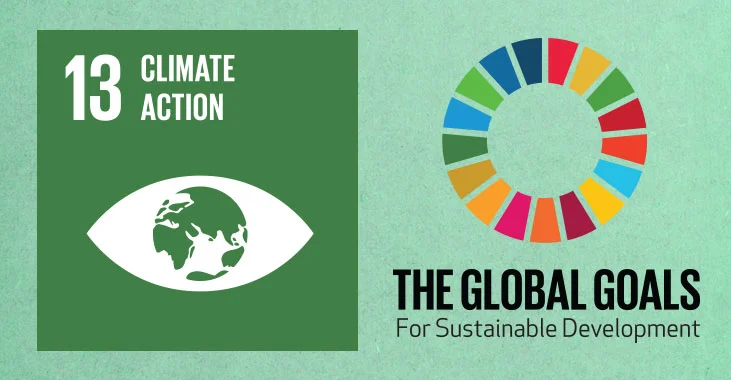
Take urgent action to combat climate change and its impacts.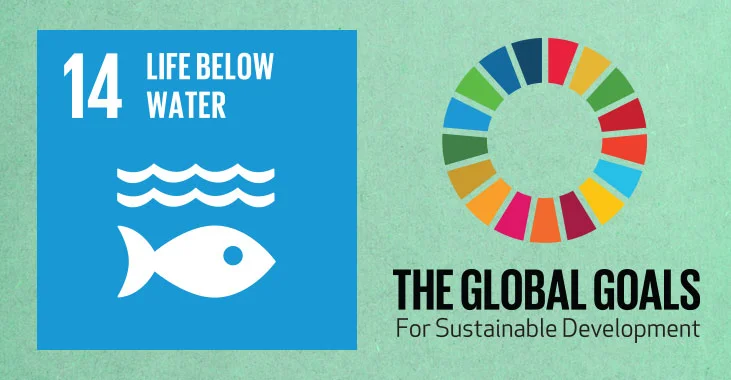
Life below water
Conserve and sustainably use the oceans, seas and marine resources for sustainable development.
Life on land
Protect, restore and promote sustainable use of terrestrial ecosystems, sustainably manage forests, combat desertification, and halt and reverse land degradation and halt biodiversity loss.
With higher levels of education, people across many different societies show greater concern about the well-being of the environment.
In 29 countries, 25% of people with less than a secondary education expressed concern for the environment compared to 37% of people with secondary education and 46% of people with tertiary education, research shows.
Also, environmental education programs have been responsible for important advances in many national and regional efforts to fight climate change and protect aquatic life and terrestrial ecosystems. But that kind of education can only reach its full potential where a critical mass of a country’s or region’s inhabitants have foundational learning skills that come with primary and secondary education.
#16 Peace and justice
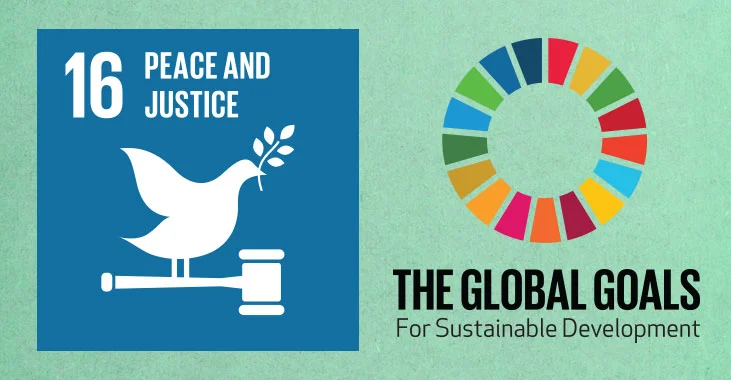
Promote peaceful and inclusive societies for sustainable development, provide access to justice for all and build effective, accountable and inclusive institutions at all levels.
Education is an essential precursor to peace, tolerance and a healthy civil society.
Studies have shown that people with secondary educations are more likely than those with only primary education to show tolerance for people who speak another language (a 21% difference in Latin America and 34% among Arab States), immigrants (26% and 16%, respectively), homosexuals (32 and 1%), people of a different religion (39% and 14%), people with HIV (45% and 12%) and people of a different race (47% and 28%)
We also know that literate people are more likely to participate in the democratic process and exercise their civil rights, and that, if the enrollment rate for secondary schooling is 10 percentage points higher than the average, the risk of war is reduced by about three percentage points.
#17 Partnerships for the goals
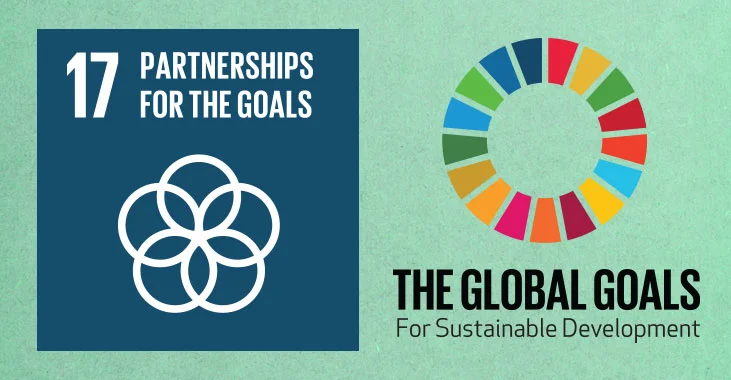
Strengthen the means of implementation and revitalize the global partnership for sustainable development.
Partnerships are proven to be a most effective way to achieve strong development outcomes.
The Global Partnership for Education is a prominent example of how working in a collaborative partnership can enhance progress in education and in the other development sectors. The partnership model of the Global Partnership for Education mobilizes and aligns donor financing behind national education plans that are based on needs assessments and evidence- based policy making.
It coordinates the work of all internal and external actors that play a role in that process. When the most important players work together, we see greater efficiencies and impacts with the available resources. And we see real progress in countries that are hungry to bring quality education to their children and move ever closer to the global goal of education for all.
As the U.N. High-Level Panel of Eminent Persons on the post-2015 Development Agenda declared in 2013, "The Global Partnership for Education is getting quality education to marginalized children, coordinating education's many players, offering aid without wasteful replication and following local leadership. GPE is single-sector [education] but shows how collaboration can bring better results. Similar models might prove useful in other areas."